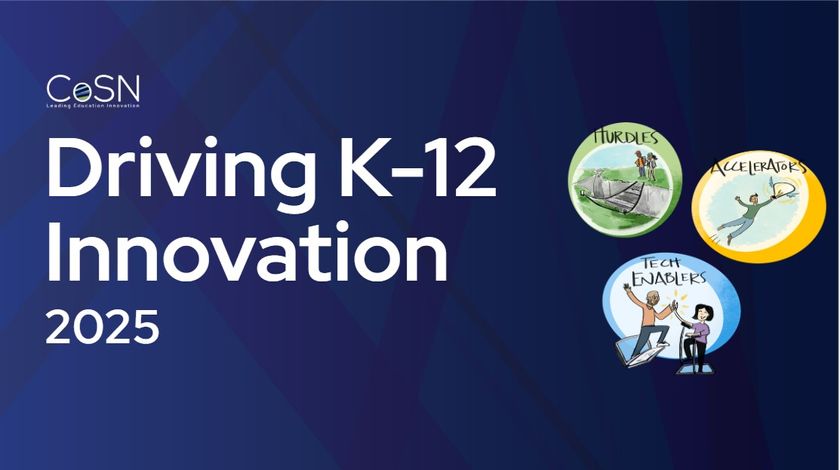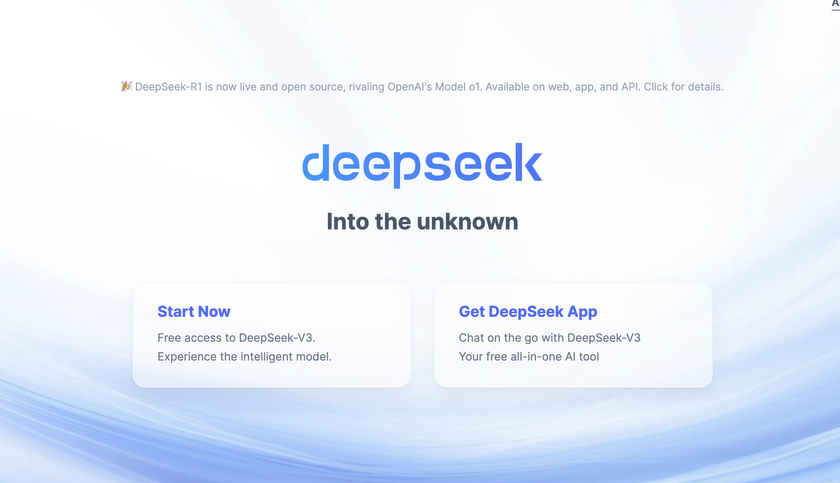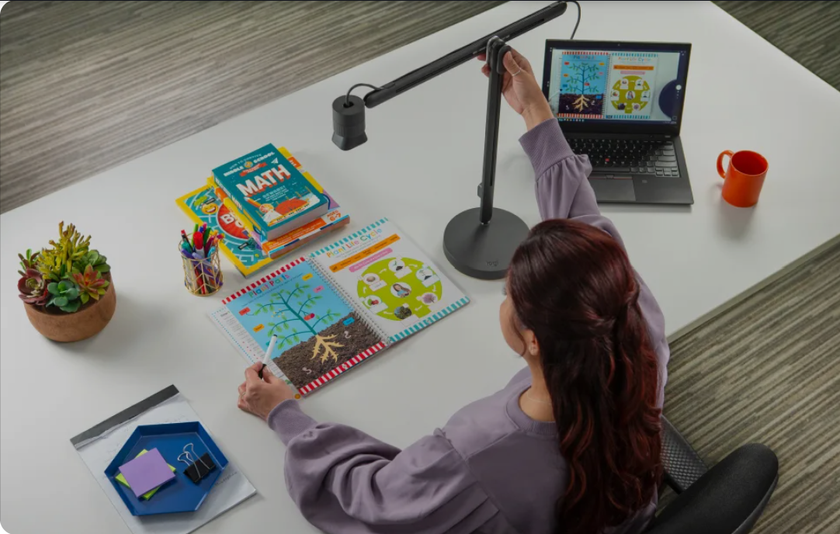Mind the Gap
The debate about technology and computer use by students continues.
The decision not to fund Title IID, which was the main source for many states to enhance their technology instructional plans, has become an issue for debate in itself with funding being totally eliminated in the 2006 federal budget. Some warn that computers are the next evolutionary step from television and comprise “the electronic culture” which will eclipse the culture of books and printed medium (Birkerts, 1999.) Clifford Stoll argues that schools that get swept up in the current craze to use computers and multimedia in the classroom are destined to give us a “nation of dolts” with short attention spans and inflexible problem solving skills. Others herald computers as the tool that will finally cause the revolution of the individual over the system (Collins) and the death of didactic education. Khan and Friedman (1998) argue that computers and computing technology, used wisely, will allow schools and students to break free from Skinnerian approaches to education and that it inherently supports constructivists approaches to teaching and learning.
There is an agreement that children, our students, are growing up in a vastly different world. Information technology and multimedia are changing our culture at such an exponential rate that our ability to grasp the scope of these changes and respond to our students needs is failing. Some may try to protect themselves from the uncertainty and stress by attempting to ignore how drastic these changes are.
But just as teachers need to become more familiar with students’ worlds and cultural differences that make each child unique and special, they must also become familiar with their students’ digital literacy. There is a new world full of multimedia and electronic technologies that are completely natural and commonplace for these students. This gives rise to the idea that adults over a certain age or generation type are “digital immigrants” who must learn skills at which our students (“digital natives”) are proficient by the age of ten. Teachers as a group need to learn what seems to come naturally for our students.
Sven Birkets sums it up “pros and cons” in an exceptionally powerful way:
“We can think of the matter in terms of gains and losses. The gains of electronic post-modernity could be said to include, for individuals, a) an increased awareness of interrelations; b) an expanded neural capacity, an ability to accommodate a broad range of stimuli simultaneously; c) a relativistic comprehension of situations that promote the erosion of old biases and often expresses itself as tolerance; and d) a matter-of-fact and unencumbered sort of readiness, a willingness to try new situations and arrangements.
In the loss column, meanwhile, are a) a fragmented sense of time and a loss of the so-called duration experience, that depth phenomenon we associate with reverie; b) a reduced attention span and a generous impatience for sustained inquiry; c) a shattered faith in institutions and in the explanatory narratives that formerly gave shape to subjective experience; d) a divorce from the past, from a vital sense of history as a cumulative or organic process; e) an estrangement from geographic place and community; and f) an absence of any strong vision of personal or collective future.”
Tech & Learning Newsletter
Tools and ideas to transform education. Sign up below.
If we accept all or even part of what Birkerts has summarized about our students then we are in deep trouble. Given that the majority of teachers are not experienced with computers or information technology (Branigan, 2002) how can we even begin to understand where our children are coming from, much less make some kind of coherent decisions about how to reach them? Using computers in schools or in the classroom – regardless of the pedagogical style we choose – is futile at best and damaging at worst if we do not begin to examine our assumptions about students and their worlds. We must accept that our students change, so must our fluency with their “language,” learning styles and behaviors (Seely Brown, 2002). We must refocus our efforts to address the new sets of skills and deficiencies that children of the information age are bringing into our schools. Whether or not we use computers to do this is irrelevant. We must be conversant with the language of the information age – not to magically improve our lesson plans or to keep students on task – but to keep ourselves current with what is going on inside their heads, which, Birkerts stresses, is changing both developmentally and emotionally. As educators, we are responsible for addressing the new digital divide – the growing rift between students and teachers.











